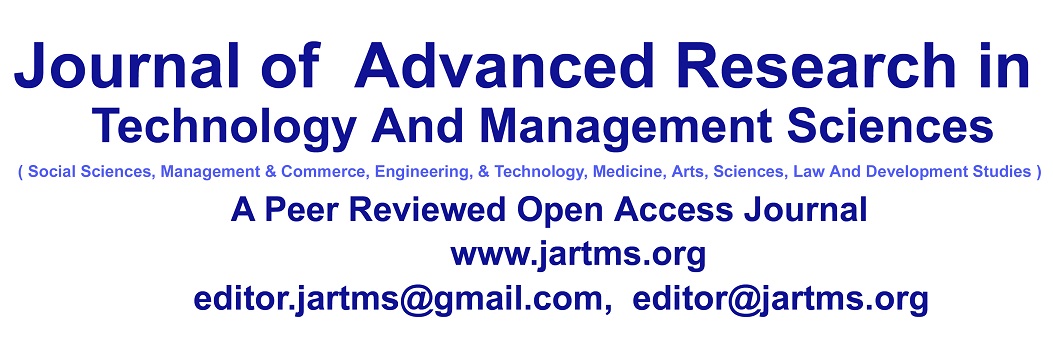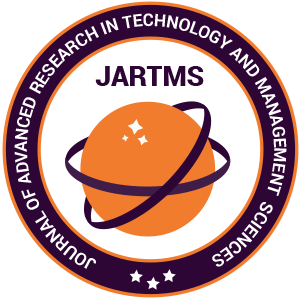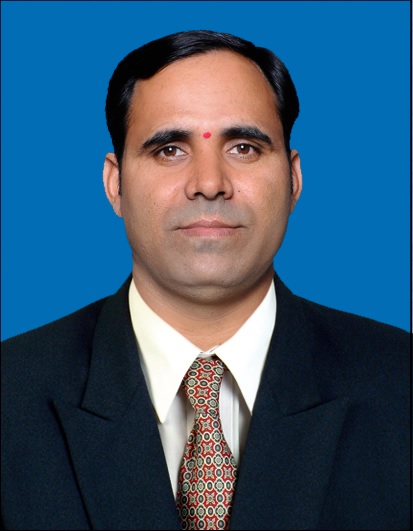n recent years, it has become vita to construct
energy-efficient buildings. Maintaining a good quality of life
while simultaneously lowering the building's energy
requirements has been and will continue to be one of the most
difficult challenges. Due to its large population, India's business
and residential sectors account for around 30% of the country's
overall power usage. Thus, the goal is to develop a plan to cut
down on greenhouse gas emissions and energy consumption in
buildings. An emerging innovation in the building industry is
translucent concrete. It's a plan to switch commercial buildings
over to using green energy. Light-Transmitting Concrete (LTC)
has the potential to transform the inside of a concrete structure
from darkish, boring, and greyish to bright, open, and expansive
by letting natural light in through the building's outside walls.
Using it may deplete energy usage in buildings by a significant
amount, which is great for the environment and the economy. In
this experimental study, LTC is developed by inducing 4% or
5% of optical fibre by volume in concrete mix and also to
investigate the mechanical and optical properties of translucent
concrete by the inclusion of 0.75mm diameter plastic optical fibre
with three different densities in a cement mortar cube and
incorporating Alccofine for cement replacement. The
perpendicularly drilled holes on the two opposing faces of the
moulding were used to weave the optical fibre. As a lighttransmitting component in the current work, a plastic optical
fibre with a 0.75mm diameter and three distinct densities—5x5,
6x6, and 7x7—is used. According to this study, the compression
resistance is influenced by the amount of plastic optical fibre
utilised. Between 7x7 and 6x6 ( number of fibre strand in a
surface area of 351896 mm2), the ideal density for 0.75mm
diameter fibre to be employed in translucent mortar sample, was
discovered. The 5x5 fibre density specimen, which at 28 days of
age was approximately 59.93% more dense than the 5x5 density
specimen, provides the strength. Above this fibre density, the
additional fibre content resulted in a loss of strength and may
have increased the amount of voids or gaps within the concrete
sample. Despite its humble beginnings, long-term care has
recently garnered widespread support among academics, and
researchers have also tried to provide answers to long-term carerelated concerns through scientific research.
Keywords : Translucent concrete, optical Fibre, luminance, compressive strength
Author : R.Harshani, S.Sona, M.Ragu1, R.Padma Rani ,S.DharmaSankar
Title : A study on Performance of Luminance and strength characteristics of High Strength Translucent concrete
Volume/Issue : 2023;05(08)
Page No : 24 - 28
















































































